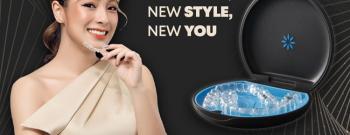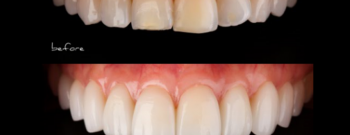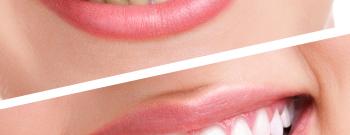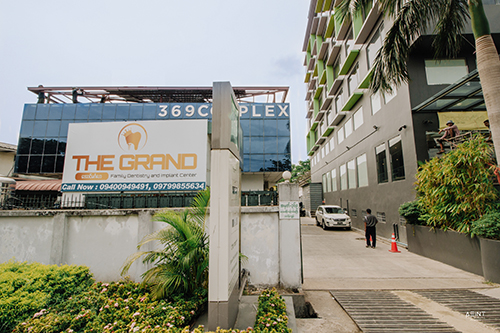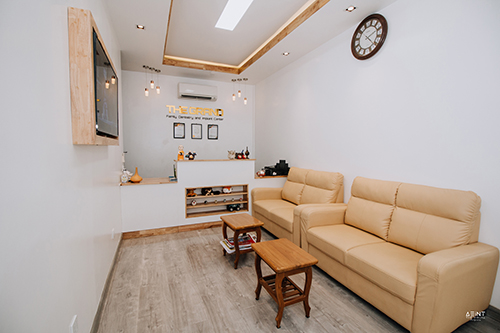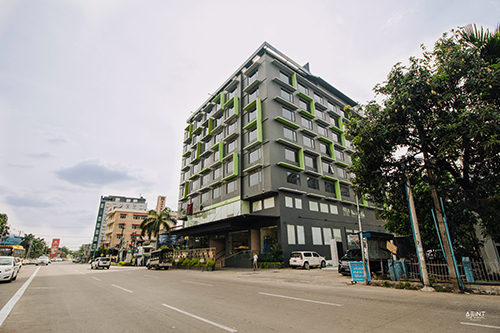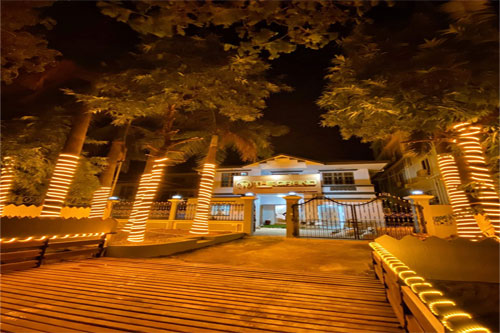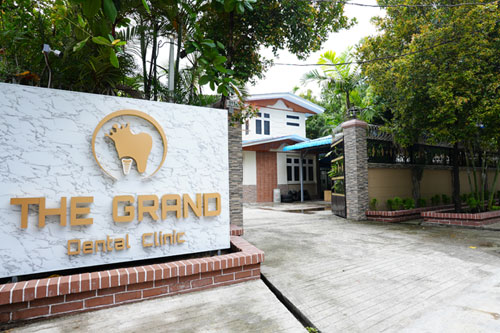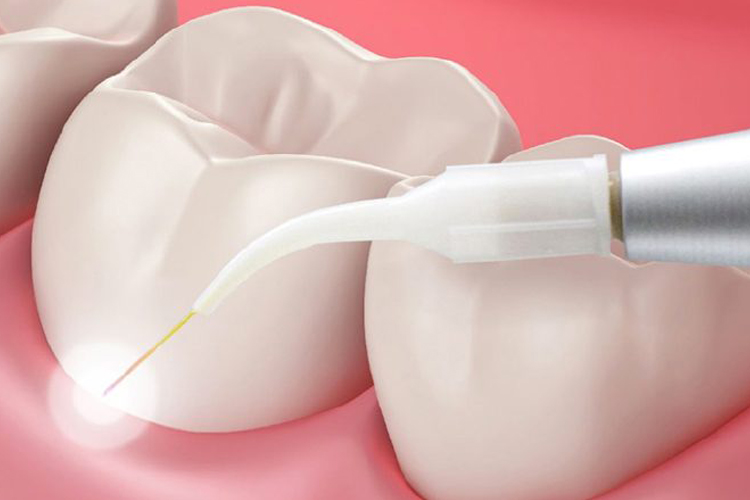
root planing, also known as conventional periodontal therapy, non-surgical periodontal therapy, or deep cleaning, is a procedure involving removal of dental plaque and calculus (scaling or debridement) and then smoothing, or planing, of the (exposed) surfaces of the roots, removing cementum or dentine that is impregnated with calculus, toxins, or microorganisms, the etiologic agents that cause inflammation. This helps to establish a periodontium that is in remission of periodontal disease. Periodontal scalers and periodontal curettes are some of the tools involved.
Plaque is a soft yellow-grayish substance that adheres to the tooth surfaces including removable and fixed restorations. It is an organised biofilm that is primarily composed of bacteria in a matrix of glycoproteins and extracellular polysaccharides. This matrix makes it impossible to remove the plaque by rinsing or using sprays. Materia alba is similar to plaque but it lacks the organized structure of plaque and hence easily displaced with rinses and sprays.
Although everyone has a tendency to develop plaque and materia alba, through regular brushing and flossing these organized colonies of bacteria are disturbed and eliminated from the oral cavity. In general, the more effective one's brushing, flossing, and other oral homecare practices, the less plaque will accumulate on the teeth.
However, if, after 24 hours in the oral environment, biofilm remains undisturbed by brushing or flossing, it begins to absorb the mineral content of saliva. Through this absorption of calcium and phosphorus from the saliva, oral biofilm is transformed from the soft, easily removable form into a hard substance known as calculus. Commonly known as 'tartar', calculus provides a base for new layers of plaque biofilm to settle on and builds up over time. Calculus cannot be removed by brushing or flossing.
သွားအမြစ်ဝန်းကျင်ထိ ကျောက်ခြစ်ခြင်း (root planning)


